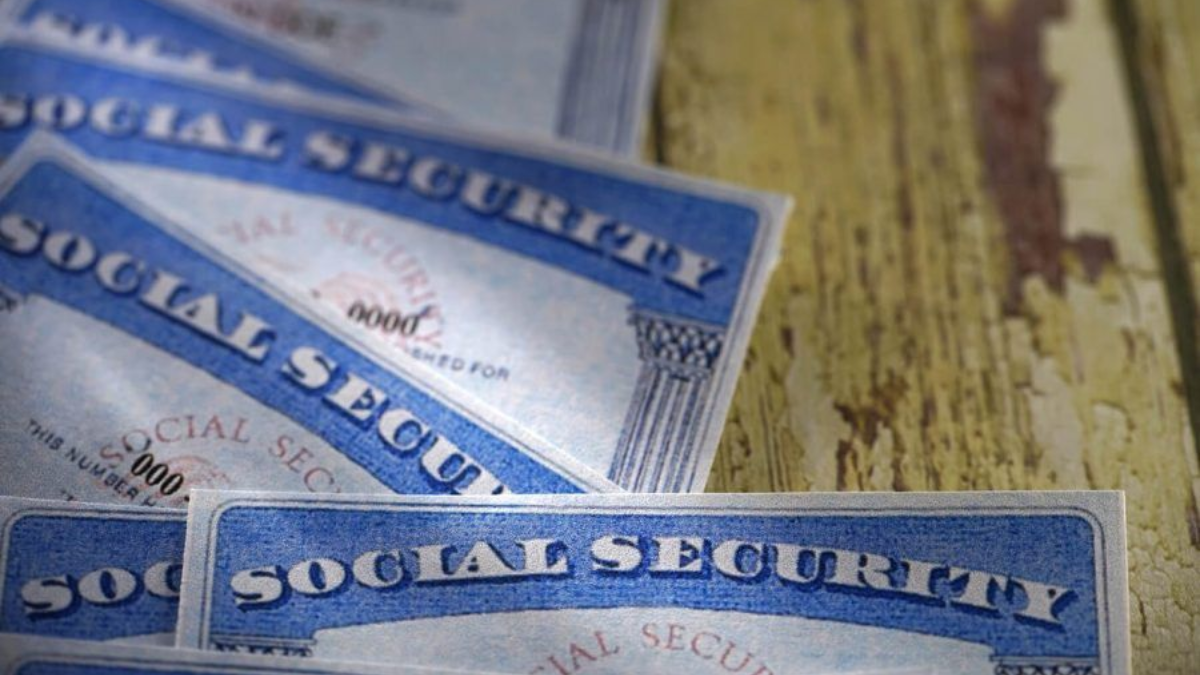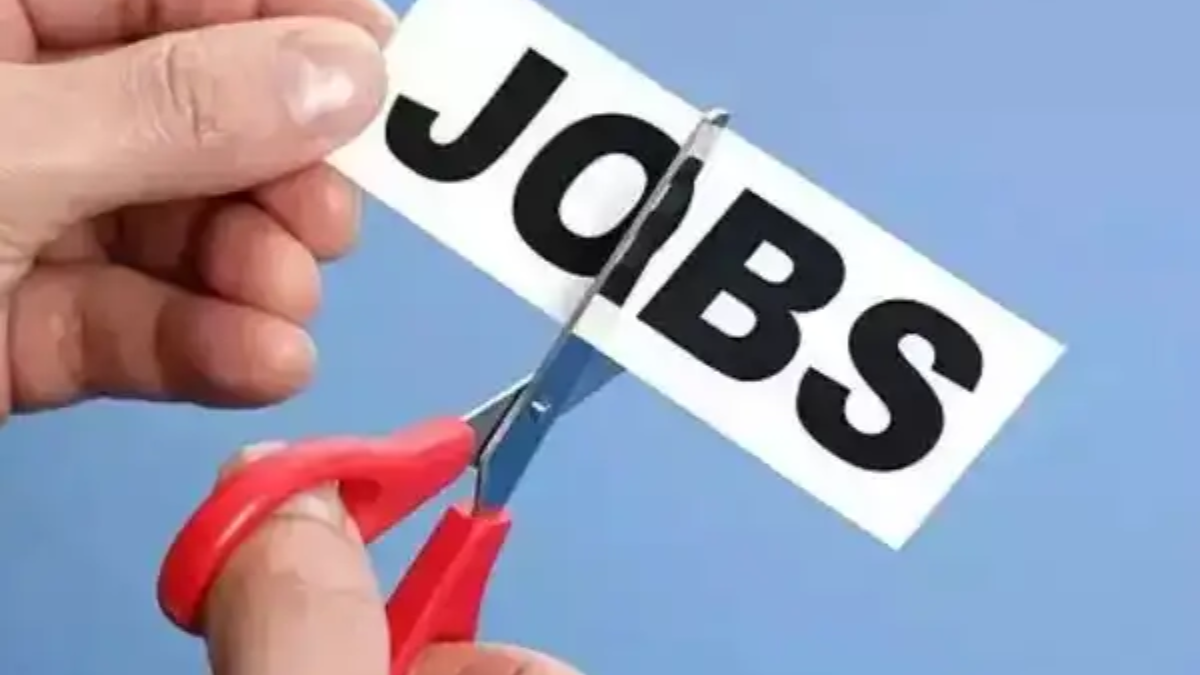Recently, claims that millions of deceased individuals are still receiving Social Security checks have gained attention, fueled by prominent figures like former President Donald Trump and tech entrepreneur Elon Musk. However, these allegations are not grounded in fact. The Social Security Administration (SSA) has robust systems in place to prevent such occurrences. Let’s explore the issue, dissect the claims, and understand how the SSA ensures accurate benefit distribution.
The Origin of the Claims
Donald Trump and Elon Musk have both expressed concerns about inefficiencies in government systems, with Social Security being a frequent target. Trump has previously suggested that waste and fraud, including payments to deceased individuals, are contributing to the program’s financial challenges. Musk echoed similar sentiments, claiming that millions of dead people are still on the Social Security rolls.
These statements, while sensational, lack evidence. Misunderstandings about the SSA’s operations and anecdotal accounts of fraud have likely fueled these misconceptions. Such claims can create confusion and mistrust among the public, especially regarding Social Security’s long-term solvency.
How the SSA Prevents Payments to Deceased Individuals
The SSA has stringent measures to prevent benefits from being paid to deceased individuals. The key tool in this effort is the Death Master File (DMF), a database updated regularly with information reported by funeral homes, family members, and state agencies. Here’s how the process works:
- Reporting a Death: When a Social Security recipient passes away, the death is typically reported to the SSA by a family member, the funeral home, or another official entity.
- Updating Records: Once the SSA receives the death report, it updates its records to terminate benefits for the deceased individual.
- Cross-Checking Data: The DMF is used to cross-check records, ensuring that no payments are made to individuals listed as deceased.
- Preventing Overpayments: In rare cases where a payment is issued after a person’s death, the SSA has processes to recover the funds. Financial institutions often return payments automatically once they are notified of the account holder’s death.
Debunking the Myth of “Millions” of Dead Beneficiaries
Independent audits and studies have consistently found that the number of deceased individuals receiving Social Security checks is minimal. According to the Office of the Inspector General (OIG) for the SSA, cases of overpayments to deceased individuals are extremely rare and usually occur due to delayed reporting of a death.
While isolated incidents of fraud or clerical errors do happen, they represent a tiny fraction of Social Security’s overall operations. Claims that tens of millions of deceased individuals are receiving benefits are not supported by data. The SSA’s systems are designed to minimize errors, and the agency has made significant strides in improving its processes over the years.
Understanding the Broader Context
The narrative of widespread fraud in Social Security is part of a larger conversation about government efficiency and fiscal responsibility. Critics of the program often use exaggerated claims to argue for reforms or cuts to Social Security benefits. However, these arguments can overshadow the critical role that Social Security plays in supporting millions of Americans, including retirees, disabled individuals, and survivors.
How to Verify Social Security Payments
For those concerned about the integrity of the Social Security system, there are several ways to verify information:
- Public Reports: The SSA regularly publishes reports on its operations, including audits and financial statements, which provide transparency about how funds are managed.
- Inspector General Audits: The OIG conducts independent audits to identify and address any issues within the SSA.
- Legislative Oversight: Congress oversees the SSA and holds hearings to ensure accountability and efficiency.
The Real Challenges Facing Social Security
While the myth of payments to deceased individuals has garnered attention, it is not one of the primary challenges facing Social Security. The program’s long-term solvency is a more pressing concern. With the aging population and declining birth rates, Social Security’s trust funds are projected to be depleted by the mid-2030s unless Congress takes action.
Efforts to address these challenges require honest discussions and evidence-based solutions. Misinformation about fraud and inefficiencies diverts attention from the real issues and undermines public confidence in the program.
Conclusion
Claims that millions of deceased individuals are receiving Social Security benefits are not supported by facts. The SSA has robust systems in place to prevent such occurrences, and instances of overpayments to deceased individuals are extremely rare. While isolated cases may occur, they represent a tiny fraction of the SSA’s overall operations.
Public discourse about Social Security should focus on addressing its long-term challenges rather than perpetuating myths. By staying informed and relying on credible sources, we can ensure a more constructive conversation about the future of this essential program.
For more detailed coverage on Social Security fraud prevention and benefit distribution, visit the Social Security Administration’s official website.
Disclaimer – Our team has carefully fact-checked this article to make sure it’s accurate and free from any misinformation. We’re dedicated to keeping our content honest and reliable for our readers.








